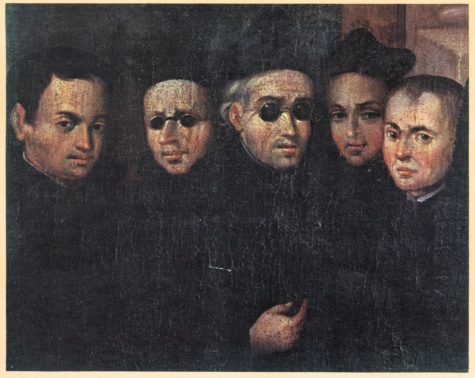 After the split with Rome, creating a new church of England during the reign of Henry VIII, the church underwent positive reforms. With the assistance of the papacy, the Council of Trent was created to resolve religious disputes, and the Jesuits educated the masses in Europe. Catholicism was therefore being revived once again.
After the split with Rome, creating a new church of England during the reign of Henry VIII, the church underwent positive reforms. With the assistance of the papacy, the Council of Trent was created to resolve religious disputes, and the Jesuits educated the masses in Europe. Catholicism was therefore being revived once again.The papacy was in serious disarray after its involvement in Italian political and military affairs. However, with the pontificate of John Paul III, the papacy started to grow stronger. His involvement in politics, arts, letters, and his appointment of cardinals solidified his goals.
John Paul III formed a reform commission to study the present condition of the church and recognized the Jesuits at that same time. In 1541, Cardinal Contarmi reached a compromise with Protestant moderates on several issues. However, the Cardinal Contarmi didn't see compromise in the same light, deeming it heresy. He was able to persuade John Paul III to establish the Roman Inquisition to eliminate errors, thereby ruling out Protestant compromise. When he was made pope, he was able to silence the liberal cardinals and create an Index of Forbidden books which listed unwholesome theologians. There was to be no unity of Christian beliefs, thereby solidifying the position of the Catholic Church.
Read Part Two of the Effects of the Reformation







0 Comments:
Post a Comment
We appreciate comments, but we delete SPAM.